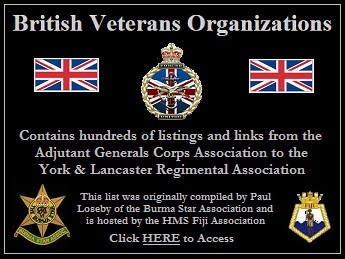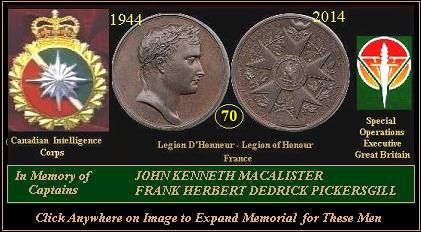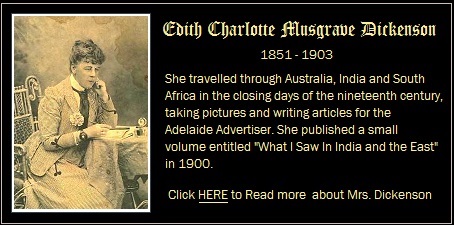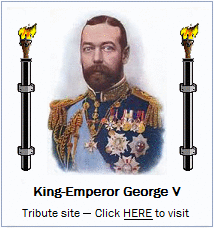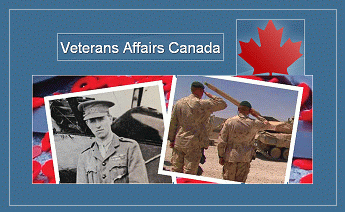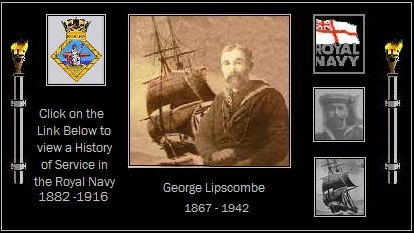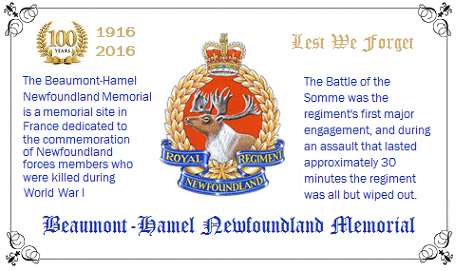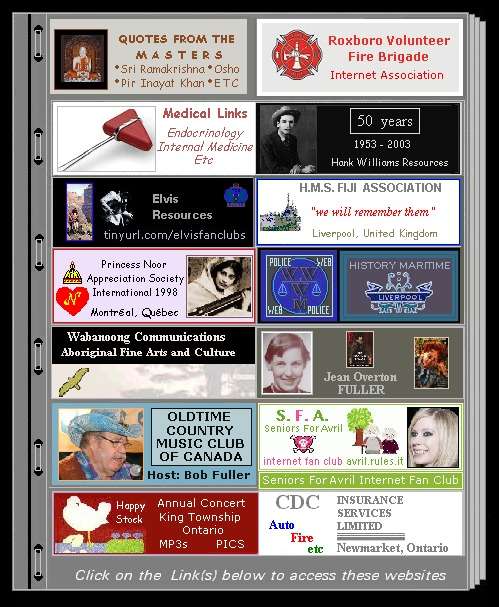



 In Flanders Fields In Flanders Fields
In Flanders fields the poppies blow Between the crosses, row on row, That mark our place; and in the sky The larks, still bravely singing, fly Scarce heard amid the guns below. We are the Dead. Short days ago We lived, felt dawn, saw sunset glow, Loved and were loved, and now we lie In Flanders fields. Take up our quarrel with the foe: To you from failing hands we throw The torch; be yours to hold it high. If ye break faith with us who die We shall not sleep, though poppies grow In Flanders fields. |
|
"Following a heavy bombardment, the enemy attacked
the French Division at about 5:00 PM using
asphyxiating gas for the first time. Aircraft
reported that at about 5 PM thick yellow smoke
had been issuing from the German trenches
between Langemarck and Bixchoote. The French reported
that two simultaneous attacks had been made east of
the Ypres-Staden Railway, in which these gases
had been employed.
What follows almost defies description. The effect of these poisonous gases was so virulent as to render the whole of the line held by the French Division mentioned above practically incapable of any action at all. It was at first impossible for anyone to realise what had actually happened. The smoke and fumes hid everything from sight, and hundreds of men were thrown into a comatose or dying condition and within an hour the whole position had to be abandoned together with about fifty guns. I wish particularly to repudiate any idea of attaching the least blame to the French Division for this unfortunate incident. The left flank of the Canadian Division was thus left dangerously exposed to serious attack in flank, and there appeared to be a pospect of their being overwhelmed and of a successful attempt by the Germans to cut off the British troops occupying the salient to the east. In spite of the danger to which they were exposed the Canadians held their ground with a magnificient display of tenacity and courage; and it is not too much to say that the bearing and conduct of these splendid troops averted a disaster which might have been attended with the most serious consequences." General Sir John French [later Field Marshall] Excerpted from : Source Records of the Great War P. 1923 National Alumni PS: A footnote from Canadian, Sir Max Aitken, Lord Beaverbrook: "Although the gas fumes were extremely poisonous, they were not, perhaps, having regard to the wind, so disabling as on the French lines (which ran almost east to west) and the Canadians, although affected by the fumes, stoutly beat back two German assualts." "The French troops were largely made up of Turcos and Zouaves." Note: The two photos of the Canadian Memorial at Vancouver Corner, Kerselaar, not far from Zonnebeke were taken by David Neale, a Welshman, living in East Flanders. He informs us, that he inscription on the monument reads, "This column marks the battlefield where 18,000 Canadians on the British left withstood the first German gas attacks the 22nd - 24th of April 1915. 2,000 fell and here lie buried."  July 31st - November 6th, 1917 The climax of the great Flanders battle was the storming of Passchendaele by the Canadians on November 6th, the costliest triumph of the war. The following is an excerpt from a report by Canadian General, Sir David Watson, Excerpted from : Source Records of the Great War P. 1923 National Alumni: 'Sir Douglais Haig's official report said: "Night operations were undertaken this morning [November 6, 1917] by Canadian troops with complete success against the enemy's defenses in and around Passchendaele and on the spur north and north-west of the village. The assembly of our troops for the attack was carried out successfully and at 6 a.m., the assault was launched as arranged. The enemy had been ordered to hold his important position on the main ridge at all costs. Hard fighting took place at a number of points on the Gouldberg Spur. None the less our troops made steady progress, and at an early hour the village of Passchendale was captured with the hamlet of Mosselmarkt anmd Gouldberg. Before mid-day all our objectives had been gained, and a number of prisoners had been taken." A few days before, orders were issued to the German troops, given in the name of Hindenburg himself, that Passchendaele must be held at all costs, and if lost must be recaptured at all costs. For several days the enemy had endeavoured to thrust the British back from the positions held around Crest Farm and on the left beyond the Paddebeek, where all the ground was a morass. The Naval Brigade who had fought there on the left in the last days of October, had a hard and tragic experience; but it was their grim stoicism in holding on to exposed posts - small groups of men under heavy shell fire - which enabled the Canadians to attack from a good postion.' |



 Click HERE
to return to Sir William Stephenson Homepage
Click HERE
to return to Sir William Stephenson Homepage Click HERE
For a selection of Great War Recruiting Posters
Click HERE
For a selection of Great War Recruiting Posters

The George Cross
Chancery of the Orders of Knighthood
The Official Website of the British Monarchy
 Email: Web Administration internetaction@yahoo.com
Email: Web Administration internetaction@yahoo.com 
